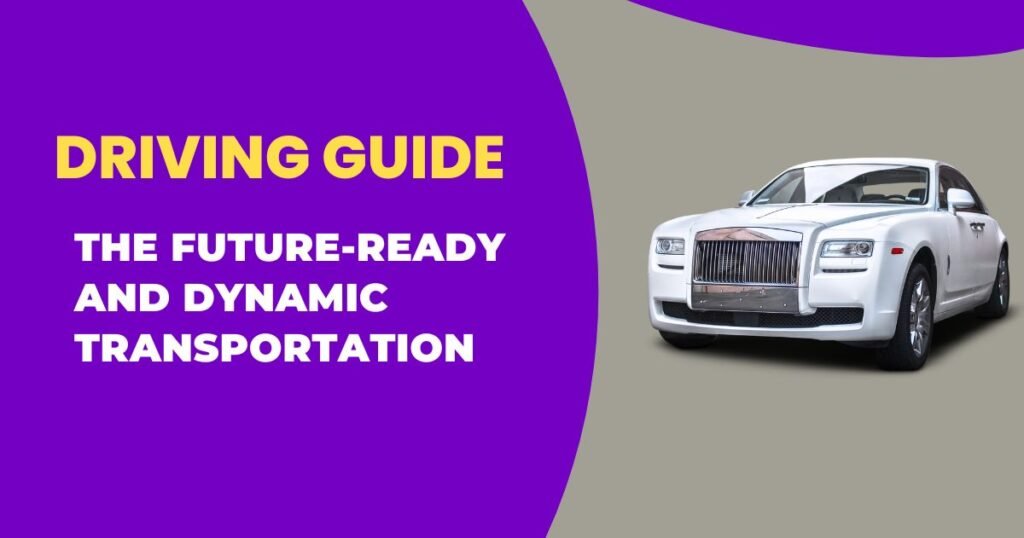As transportation hurtles forward into the future, driven by technology and changing preferences, “Yodimom’s Driving Guide” takes the wheel. Our mission is to illuminate the path forward, focusing on sustainability and efficiency. This guide equips you with the knowledge to make informed travel choices and ensures a smoother ride into the future of mobility.
Overview OF Driving Guide
Electric Vehicles (EVs)
Electric vehicles are becoming increasingly popular for their environmental benefits and cost savings. In this chapter, we’ll explore the different types of EVs, charging infrastructure, and the latest advancements in battery technology. We’ll also discuss the benefits of EV ownership and the role they play in reducing greenhouse gas emissions.
Autonomous Vehicles
Self-driving cars are no longer science fiction but a reality that’s increasingly becoming a part of our lives. This chapter within “Yodimom’s Driving Guide” delves into the world of autonomous vehicles, exploring the technology that powers them, their potential impact on safety, and the challenges they encounter in terms of regulation and public acceptance.
Ride-Sharing and Mobility as a Service (MaaS)
The ever-evolving landscape of transportation, ride-sharing platforms and Mobility as a Service (MaaS) are key players. In this section of “Yodimom’s Driving Guide,” we delve into how these innovative services function, weigh their advantages and disadvantages, and demonstrate their role in enhancing urban mobility for a smoother and more informed journey.
Public Transportation
Public transportation remains a vital component of the future of transportation. In this section of “Yodimom’s Driving Guide,” we delve into innovations in public transit, including high-speed trains, electric buses, and integrated ticketing systems. We also examine how public transportation can play a crucial role in reducing congestion and enhancing air quality within cities.
Sustainable Transportation
Sustainability is a key driver of the future of transportation. In this chapter of “Yodimom’s Driving Guide,” we will cover alternative modes of transport, including bicycles, electric scooters, and walking. We’ll also explore the concept of “green cities” and how urban planning can create more sustainable, pedestrian-friendly environments.
Air Travel and Hyperloop
The future of transportation goes beyond traditional ground-based modes. In this section of “Yodimom’s Driving Guide,” we explore the latest advancements in air travel, including electric planes and supersonic transportation. Furthermore, we investigate the potential of the hyperloop as a high-speed, ground-based transportation system.
Infrastructure and Smart Cities
The success of future transportation hinges greatly on smart infrastructure and connected cities. In this segment of “Yodimom’s Driving Guide,” we explore the role of 5G technology, the Internet of Things (IoT), and data analytics in enhancing transportation systems and mitigating congestion.
Environmental Considerations
As we transition to the future of transportation, within “Yodimom’s Driving Guide,” it’s crucial to address environmental concerns. This chapter covers the environmental impact of different modes of transportation and explores how individuals, governments, and businesses can reduce their carbon footprint.
Conclusion
The future of transportation presents an exciting and dynamic landscape, providing a multitude of options and opportunities. “Yodimom’s Driving Guide” serves as your roadmap to navigate the evolving transportation landscape and make choices that are efficient, sustainable, and aligned with your needs and values. Join us in embracing the future of transportation, and together, we can construct a more accessible, eco-friendly, and convenient world of mobility.
